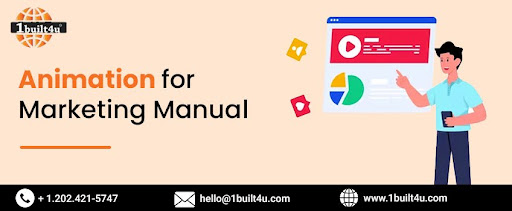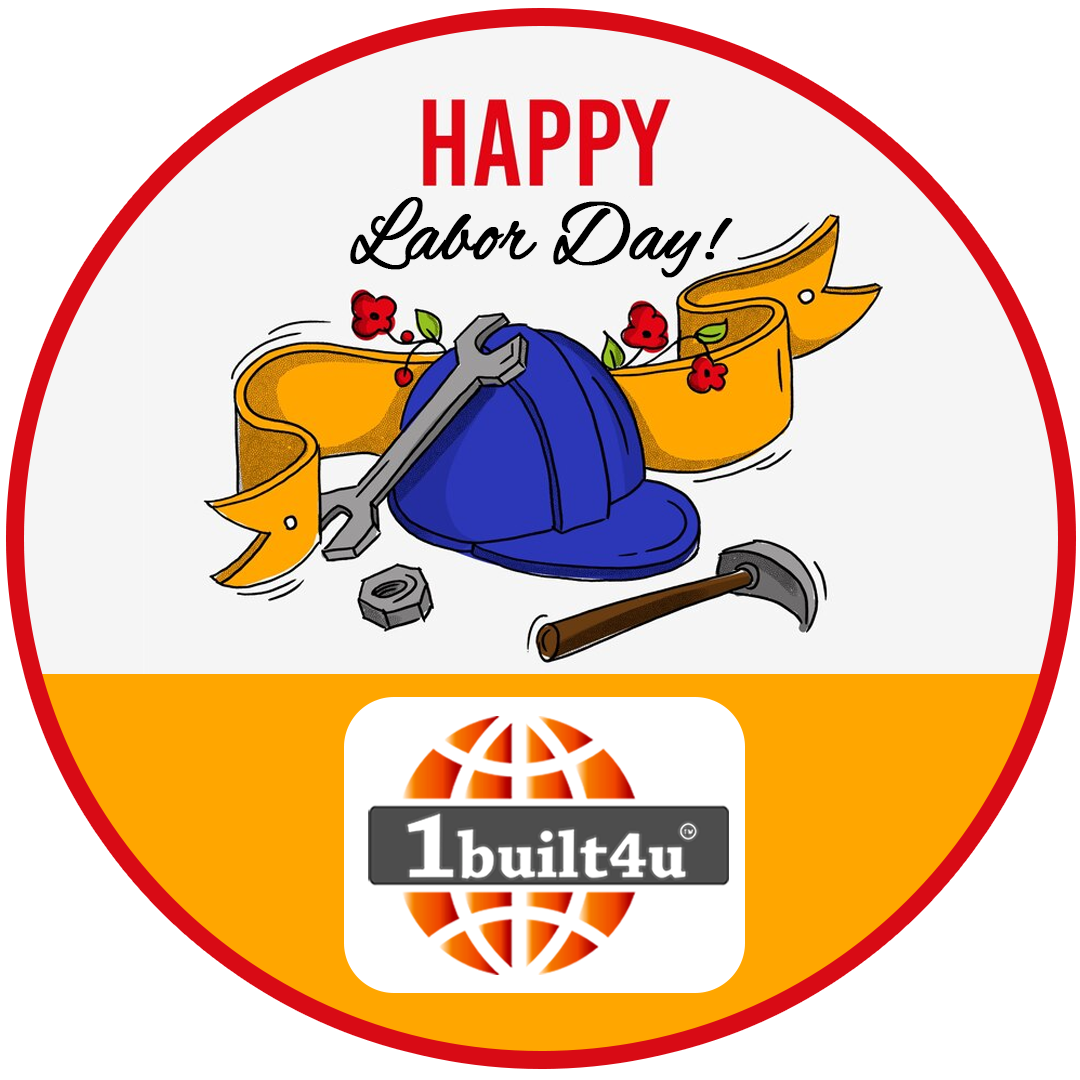
Animation for Marketing Manual
There are many different styles of animation, but there are only three main ones. There is the standard two-dimensional (hand-drawn on paper or digitally) style, the ever-increasingly popular three-dimensional animation, and finally stop motion (or frame-by-frame) animation. The possibilities are nearly limitless, depending on the specific medium or combination of mediums, styles, and techniques used for each. In this blog, our best Digital Marketing Company in Ashburn USA will concentrate on 3D animation as an example type or medium.
Scope of Animation
The scope of animation has expanded significantly in recent years, offering vast opportunities and possibilities across various industries. Animation is no longer limited to traditional forms like cartoons and animated movies but has evolved to encompass a wide range of applications, making it a thriving field with immense potential for any Digital Marketing Company.
1) Entertainment Industry: Animation continues to dominate the entertainment industry, with animated movies, TV shows, and video games captivating audiences worldwide. The demand for high-quality visual effects, CGI (computer-generated imagery), and 3D animation in films and gaming is consistently growing, creating a need for skilled animators.
2) Advertising and Marketing: Animation has become a powerful tool for advertising and marketing campaigns. Animated videos and commercials can effectively convey complex ideas, engage viewers, and leave a lasting impact. From explainer videos to animated advertisements, animation allows businesses to stand out and communicate their brand messages creatively and memorably.
3) Education and E-Learning: Animation plays a vital role in the education sector, making learning more interactive and engaging. Animated educational videos and e-learning platforms provide visual aids, simulations, and interactive content that enhance the learning experience for students of all ages. It simplifies complex concepts, making them easier to understand and retain.
4) Architectural and Engineering Visualization: Animation has found applications in architectural and engineering industries for visualizing designs and concepts. It allows architects and engineers to create realistic 3D models, walkthroughs, and flyovers that help clients visualize and understand their projects. This aids in better communication, decision-making, and improves the overall design process.
5) Medical and Healthcare: Animation is increasingly utilized in the medical and healthcare sector for educational purposes, surgical simulations, and patient education. Animated videos and interactive applications help explain medical procedures, anatomy, and health-related information in a visually appealing and accessible manner.
Know Before Go
1) Know what needs to be done, who will be involved, how much time is available, and how much money is available. Talk about your company's and brand's current image. Know what aspects of your brand people like and what you want to change. Know the project's short- and long-term goals.
2) Then, once you know what is expected of you, the project will be easier to move forward with and more likely to be successful when it is finished. View the framework to help everyone involved, including animators, writers, and executive leadership.
3) Ideas are introduced, rejected, argued over, selected, and finally scripted. By defining who they are, aspects of their personalities, how they look, and how they communicate, we begin to develop the characters here.
4) The layout of the animated piece can be written and approved after the concept for the character(s) has been established. This could be an understanding of the story's flow or a script with dialogue. New ideas and decisions made at each step will be sparked by close interaction with everyone involved.
5) Storyboards are visual representations of the script that assist us in determining who or what will be seen in each frame of the animated piece, from which angle, and for how long. From there, we can figure out how many shots will be in a given sequence and which ones will be static and moving.
6) The primary objective is to begin visualizing the segment at this point. Keep talking about the messages and feelings that will be conveyed throughout the scene to ensure that all of your inspired ideas are incorporated into the animation as your project ideas develop.
The Animatic
When you create the animatic for Digital Marketing Services, you are essentially creating a moving storyboard. The first step is to record any necessary dialogue (voiceover and/or characters from the cast). The storyboards created in step two are arranged on a timeline using this recorded voice and assembled like film or video. This helps determine the sequence's pacing, when to cut between shots, and how long to hold on to someone or something.After that, music and placeholder sound effects are added to provide a more accurate preview of the final sequence.
Asset Creation
1) All of the necessary artwork and assets for the piece are being created simultaneously with the story, boards, and animatics. In order to be ready for animation and render, characters, props, and sets are being designed, modeled, rigged, and textured. For a brief explanation, Modeling is the process of creating a character, prop, or set as a three-dimensional digital sculpture. A skeleton, similar to how our bones and muscles move our bodies, will drive this character or prop if it needs to move. This is called rigging.
2) Characters and objects will need colors, textures, and even fur and hair because our world is not all flat gray. Texturing is the term for this. The character, prop, or set is ready for animation, lighting, and rendering when these steps are finished. The animator can begin to block out a given sequence, shot by shot, using the animatic as a visual and audible guide.
View the Time Lapse Modeling Animation
Each shot is usually handled individually. Some sequences, if necessary, are animated from beginning to end, and multiple cameras are used to capture the angles from the storyboards. The animation is "play blasted," or quickly rendered without textures, during the various stages of roughing and polishing to show the motion at full speed. These playblasts are combined to check that the sequence holds up and flows well, or to see if anything needs to be changed or added.
Play the Playblast
After the final animation has been completed, the team begins rendering and compositing the animation. We turn on the textures, add lighting to the scenes, calculate motion blur, and then render out the animation. The visual begins to take on the appearance you had envisioned in the initial concepts and sketches. After these renders are finished, we begin combining the various layers and elements.
Depending on the scene, characters may be isolated from one another, the background, or both. At this point, any effects or motion graphics are added, the colors are adjusted, and all of these layers are put back together. Here, strict attention to detail contributes to the production of high-quality outcomes, allowing people to appreciate the work.
Sound and Final Output
In this final step, we take all of the final shots, put them all together, and get ready for the final output. Additional color correction or sequence editing can also be done here if necessary. The animator's existing sound is incorporated and heavily modified. In order to take the animated piece to the next level, appropriate sound effects, music, additional voices, and so on are added. After it has been finished, mixed, and approved, the final sequence is sent to the formats that you want.
Conclusion
Computer-generated imagery, or CGI for short, is not something that can be accomplished with a single click. Animation sequences require a significant amount of time, effort, and planning. Fortunately, investing in those probably won't be a waste of time. You can help personify your brand by creating characters, storylines, and situations that your audience can relate to by properly planning the project from the beginning. You will be able to produce content that will remain in the minds of your audience thanks to character development, captivating imagery, and stories that will stay with them. You will likewise improve the company's image, reputation, and brand identity, which may result in a substantial return on investment (ROI). For more information or to avail services of our Digital Marketing Agency, visit 1built4u.com .





